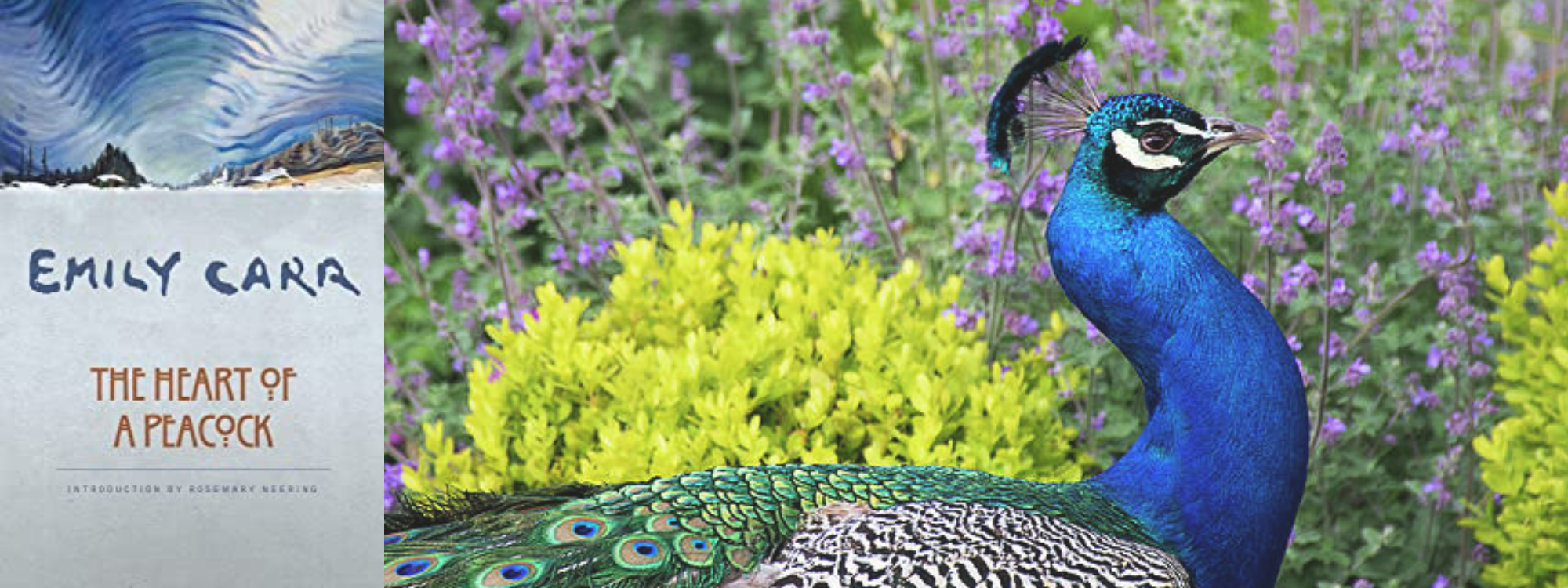Poised each on his own still pine-tree top, majestically silent in the peaceful overhang of Skeena’s turbulent waters, sat Skeena’s royal eagles.
Looking up, looking down the river’s noble sweep, my eye counted thirty of the kingly birds, each independently throned on his pine tree, each wearing a snowy crown of gleaming white, strong against the green of our sombre northern forest—a square-shouldered, square-tailed bird, except for his white crown, all black, rusty black. I can’t think why they call him “Baldhead”. He has bountiful head plumage, silvery white, which droops in long points graciously onto his rusty shoulders.
A mighty roaring river is Skeena, treacherous—rapids, shallows, ledges, boulders—a violent river, tearing around curves, echoes shouting back her racket.
Skeena used to be navigated by a fussy little sternwheeler, whose noisy going splashed and churned a moil of whiter whiteness than the river’s own, foamier even than Skeena’s foaminess of hurried anger.
Twice a week this little steamboat staggered up-river, adding her commotion to all the rest. Twenty Indian lads stood ready on the sternwheeler’s deck, listening for their half-breed Captain’s signal to leap overboard, stand in the shallows and lay their forty palms against the boat’s side, pushing her away from danger: Captain bellowing orders from his glass wheel-house, splash and shout of leaping boys, churn of foam-tossing wheel, echoes doubling the uproar, Skeena’s clatter, turning, twisting with the river, but keeping always down between its banks, densely forested banks, which do not allow sounds to escape.
Skeena’s commotion does not rise more than a few yards above the river but surges up and down. The arch of silence that overhangs all our western forests keeps Skeena’s turmoil to the river-bed where it belongs: in the tree tops along the Skeena’s banks all is still.
When the Indian lads had persuaded the boat back into the channel and she was safe to hug shore in deep water, they again leapt, this time from deck to shore. Here they attacked neat piles of cordwood prepared for the fuelling of the steamboat.
It took no time at all for the twenty Indian lads to fling the pile, stick by stick (thud, clatter! thud, clatter!) onto the deck of the boat. The boys then leapt aboard, and the little sternwheeler resumed her fussing way up-river. When she came to the end of steam navigation at Skeena Crossing she was met by huge Indian dug-out canoes. Indians took the passengers the rest of the way. The finish of navigation was at Hazelton, which sat where the Skeena and Bulkley rivers meet, boiling into each other’s faces like warring tom-cats.
Hazelton was a tough little mining town. It had three hotels, rough and turbulent as the rivers.
By and by the Grand Trunk Pacific built a railroad a few miles back from the Skeena River. Meek trains slithered travellers through the forests to Hazelton. The coming of the rail eased travel and gentled Hazelton’s hotels. Tourists came. The G.T.P. ran its line close to several of the Indian villages and the tourists looked curiously to see how our Aborigines lived. They did not see real Indian life, the original villages, or the grand old totem poles because, flattered and boastful, the Indians tore down their crude but grandly simple old community houses, built white man’s houses—shoddy, cheap frame buildings.
They turned the totem poles that had faced the river, welcoming visitors who had come by canoe up Skeena: they turned them to face the railroad by which visiting tourists now came. They loaded garish commercial paint over the mellow sincerely carved old poles till all their meaning and beauty were lost under gaudy, bragging show-off.
The Indians hurriedly made baskets and carvings too—careless, shoddy things to catch the tourist’s eye—which brought in a few dollars but lowered the standard of their handicraft.
Everything was changed, cheapened—everything, that is, except the river, the eagles, and the Peace, high above Skeena’s roar—the Peace, where the Eagles of Skeena reigned.
The eagles came to Skeena every year when the salmon were madly dashing up-river to their spawning grounds. From near and far, eagles came to feed on the worn-out fish that leaped, struggled, splashed over the shallows among boulders. Pounce! An eagle had a struggling fish gripped in talons and beak.
The railway ousted the sternwheeler and the big passenger canoes, but the fish still came. Eagles followed the fish—Skeena’s eagle—watching, mighty king of birds.




0 comments